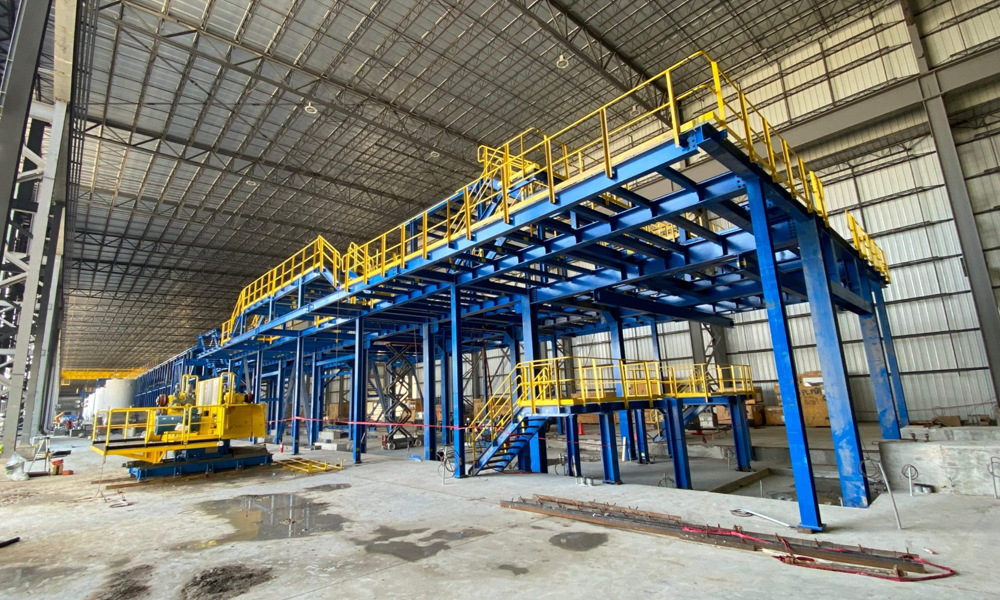
INDUSTRIAL PAINTING
Industrial painting involves the application of specialized coatings to surfaces in industrial settings, such as factories, warehouses, manufacturing facilities, and infrastructure. This type of painting serves various purposes, including protection against corrosion, chemical resistance, heat resistance, and aesthetic enhancement.
Surface preparation is a critical aspect of industrial painting, ensuring proper adhesion and durability of the paint coating. This may involve cleaning, degreasing, sanding, abrasive blasting, or chemical treatments to remove contaminants and create a suitable substrate for painting.
Selection of the appropriate paint and coating system is based on factors such as the type of substrate, environmental conditions, performance requirements, and regulatory compliance. Common types of industrial coatings include epoxy coatings, polyurethane coatings, acrylic coatings, corrosion-resistant coatings, and high-temperature coatings, each tailored to specific applications and performance criteria.
Application techniques for industrial painting vary depending on factors such as the type of coating, substrate, and surface area. This may include spraying, brushing, rolling, or dipping, with multiple coats often applied to achieve the desired level of protection and coverage.


